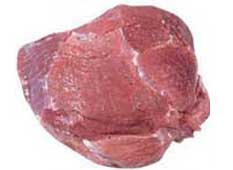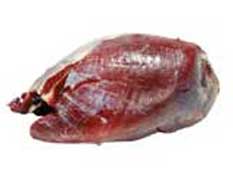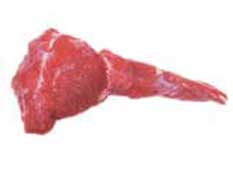
about
From Field to Fork: The Art of Meat Cutting at AS FOODS
A meat factory, within the context of the food industry, serves as a
pivotal hub for the transformation of livestock into the diverse
array of meat products that grace our tables. These facilities, also
known as meat processing plants or slaughterhouses, are integral
components of the food supply chain, bridging the gap between animal
agriculture and the end consumer. With a multifaceted process that
encompasses slaughter, processing, and packaging, meat factories are
tasked with delivering safe, high-quality meat products to the
market.
At the outset, animals are received and ushered through the
meticulous and often highly regulated process of slaughter. Ensuring
the humane treatment of animals during this phase is paramount, and
adherence to ethical guidelines is closely monitored. Following
slaughter, the meat undergoes a comprehensive processing regimen.
Skilled workers adeptly navigate the anatomy of the animals,
extracting various cuts of meat, such as steaks, chops, and ground
meat. This intricate process also involves the removal of skin,
feathers, and internal organs.
n a modern context, meat factories increasingly integrate advanced
technology and automation to enhance efficiency. Machinery aids in
the precision cutting, processing, and packaging of meat products,
contributing to the optimization of operations and the reduction of
labor-intensive tasks.








